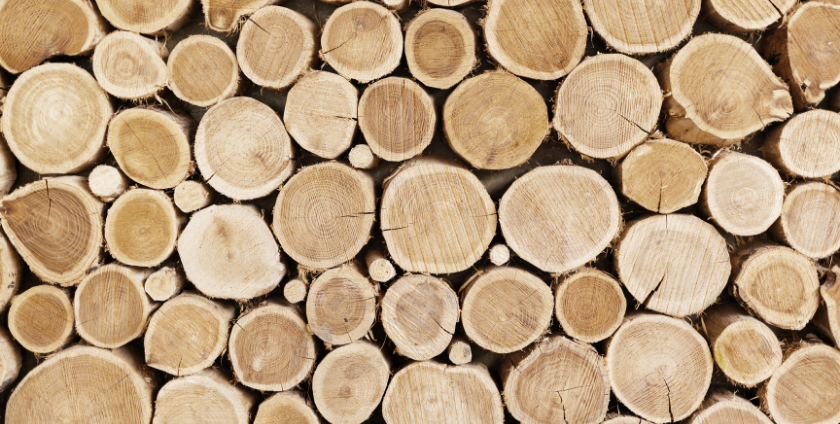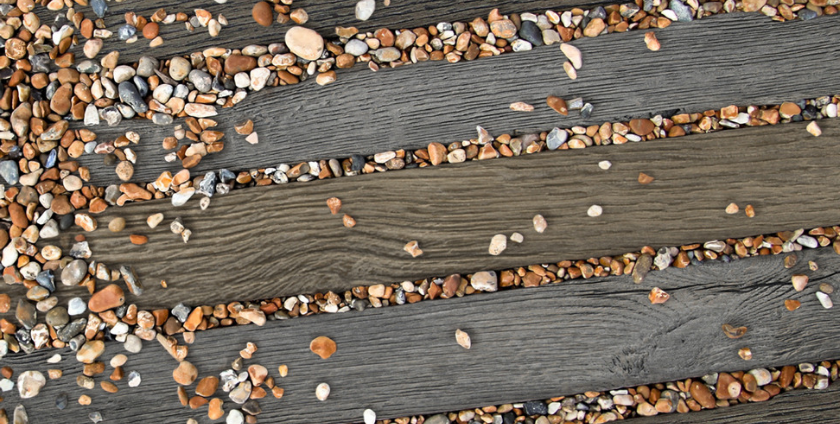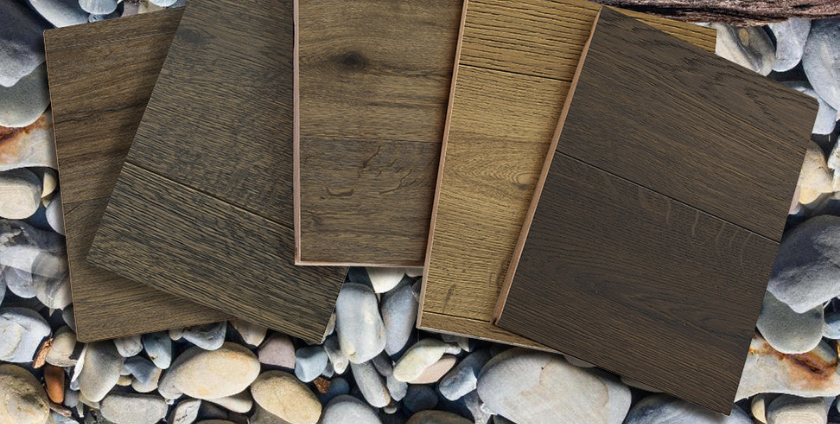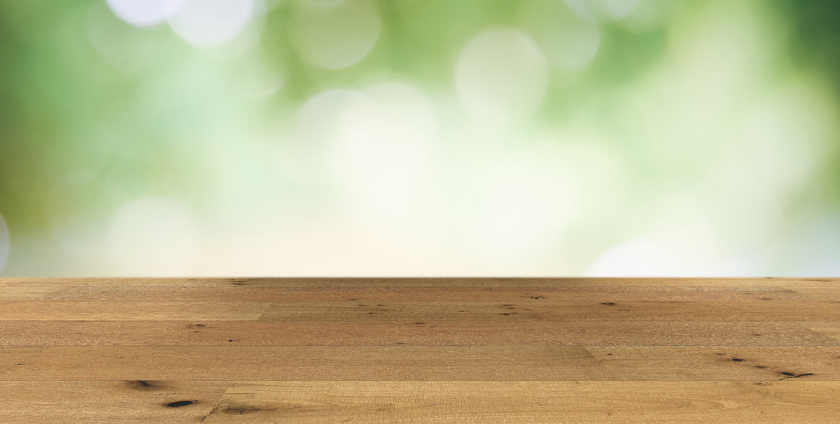Sustainable Wood Flooring: 5 Things You Need to Know Before Buying New Floors

- Tags: CARB, engineered hardwoods, environment, EPA, hardwood flooring, health, LIFECORE hardwoods, Sustainability, VOCs, ZERO-ADD
- Category: Blog
- 0 comment
One of the tried and true axioms of homeownership is that short of a straight-up renovation, few upgrades have more impact than new flooring. More and more, homeowners who are looking to make that upgrade are seeking products that support the environment. They want sustainable wood flooring.
Engineered wood utilizes a lot less of the tree per plank than solid hardwoods, making it a more environmentally sustainable, natural product. It’s also healthier for the air you breathe than some manufactured products like LVTs and bamboo floors, which require toxic glue during the manufacturing process, making it a clear environmental choice.
But how do you know if the engineered wood flooring your considering is truly sustainable, and what does sustainability really mean? We pulled together a list of five things you need to know about sustainability before buying new floors.
1. The difference between “green” and “sustainable.”
Since becoming a marketing buzzword, “green” has been used to describe products with any redeeming environmental value. For instance, if a flooring product was made from renewable resources, it could be labeled green, even if the brand falls short in areas of production or disposal. Sustainable hardwood flooring, however, has a much higher standard in that it cannot detract from environmental, social, economic, and public health benefits over its entire life cycle. This includes harvest, production, packaging, use, and disposal. Most flooring products do not meet these standards, while others have fully embraced sustainability.
LIFECORE floors’ sustainability starts with our harvesting. We only harvest mature trees that would otherwise die on a rotational cycle, leaving younger trees to grow and allowing forests to regenerate. During manufacturing, we make full use of raw materials by processing wood waste into fiberboard, particleboard, and renewable energy that is generated through the use of biomass fuel. But that’s only just the beginning. Learn more about LIFECORE’s sustainable wood flooring practices here.
Takeaway: Though all sustainable products are green, not all green products are sustainable. Which leads us to point No. 2…
2. Make sure you’re buying from a reputable supplier.
An online search for sustainable wood flooring will most likely land you on quite a few retailers’ sites. While most are reputable, some are guilty of an unethical and misleading practice called “greenwashing with logos.” What does that mean? It means that a retailer who carries even just one certified sustainable hardwood flooring brand may use that product’s certification logo on their site, giving the impression that ALL of the products they carry are certified sustainable.
This puts the consumer in the terrible position of wondering if the flooring they have brought into their home is as green as they were led to believe.
When you see certified sustainable logos on a retailer’s site, here are three possibilities: 1) The company is unaware that posting the logo on their home page is misleading; 2) The retailer is purposely unethical, or 3) All of the products actually are sustainable. How will you know for sure? Look up the product that you’re interested in on the manufacturer’s site. If the product is certified sustainable hardwood flooring, the manufacturer will not only display the certifications prominently but may also have a link from the logo on their site to the certifying body that licenses the logo. However, if you aren’t able to find out the information you need that way, you can always contact the retailer, and they are obliged to clarify.
Takeaway: If a retailer can’t justify featuring a logo that doesn’t apply across the board, they are either out-of-touch or disreputable.

3) Sustainability is just one of many valuable certifications.
A 2009 survey identified approximately 600 labels worldwide that indicate some type of “environmentally friendly” attribute, with 36 related to forest products. While many of these indicate “sustainability,” others zero in on other elements of what makes something environmentally friendly.
Three of the industry’s most prestigious are GREENGUARD Gold, Indoor Air Advantage Gold and FloorScore, and LIFECORE is proud to have all three.
GREENGUARD Certification, part of UL Environment, certifies interior products and materials that have low chemical emissions, improving the quality of the air in which the products are used, an important part of environmental responsibility.
Indoor Air Advantage Gold is considered the gold standard by certifying that our sustainable hardwood flooring is in compliance with the most rigorous indoor air quality emission standards in North America. Products that receive an Indoor Advantage Gold certification meet the strictest indoor air quality (IAQ) chemical emission limits for volatile organic compounds (VOCs) and is considered one of the most trusted assurances of indoor environmental quality.
FloorScore is a hard surface flooring and flooring adhesive product certification that ensures a product meets strict indoor air quality requirements. When sustainable hardwood floors have a FloorScore certification, consumers know that they have chosen a product that add to a healthy home environment.
In addition to Air Advantage Gold and FloorScore, LIFECORE is CARB compliant, meeting the strict regulations set forth by the California Air Resources Board requiring wood flooring products to meet the acceptable levels for formaldehyde. Learn more about LIFECORE’s certifications here.
Takeaway: Certified sustainable flooring can have multiple certifications.
4) Read the installation and care and maintenance instructions before you buy.
Every floor is unique, even those of the same species and construction. That’s why each manufacturer customizes their instructions for installation and care. What does this have to do with sustainability, you ask? It simply means that finding the perfect floor is not the same as making it last.
Only by following the manufacturer’s installation instructions will you have the assurance that your sustainable wood floors are installed correctly. Even the slightest deviation can pose big problems not only with the installation but also with the longevity of the floor. While this tip may seem aimed at DIY projects, homeowners should not take for granted that every contractor is going to read the instructions first. Many may rely on their previous experience installing hardwood and assume that yours will follow the same steps.
The same is true for sustainable hardwood flooring’s Care and Maintenance. Most green-friendly flooring will not only respond better to eco-friendly products but can actually be ruined by some of the common flooring products and home concoctions that have been used since the mid 20th century. Many of these chemically-based cleaners, waxes, and acidic household products (i.e., vinegar) will not only destroy the floor’s finish but can also introduce unwanted VOCs into your home, thus defeating the purpose of going sustainable. Make sure that you read the manufacturer’s Care and Maintenance instructions so that you have the correct cleaning products on hand for both you and the contractors to use for post-installation. Most installers do a quick clean-up before they show you your new floors, and if you don’t provide them the correct products to use, there is a very good chance that they will use inexpensive products or solvents that will dull the finish and affect the air quality. Keep in mind that if this happens, the damage to your floor will NOT be covered by most warranties, leaving you to either absorb the cost of refinishing or replacing your floors
Installation and Care and Maintenance instructions, as well as Warranty info, can be found inside each carton of flooring and may also be available for download on the manufacturer’s website. To learn more about LIFECORE’s installation, care, and warranty, click here.
Takeaway: If you’re going to invest in sustainable wood floors, take advantage of tools that protect your investment.

5) Sustainable is great, but why stop there?
Like all organic materials, wood contains trace amounts of formaldehyde naturally. However, stringent legislation set forth by government agencies like CARB (California Air Resource Board) and EPA (Environmental Protection Agency) requires that sustainable hardwood flooring stays within their strict safety guidelines.
LIFECORE’s sustainable floors, take things a step further with our ZERO-ADD® technology. Our flooring has zero formaldehyde added during the manufacturing process, allowing us to produce flooring with VOC safety levels well below even these strict government regulations.
For comparison, CARB requires a 0.05 or less level of formaldehyde, and the EPA requires 0.04 – 0.05 or less. LIFECORE’s sustainable hardwood flooring has levels at 0.005 – 0.015, well below either of these regulatory bodies.
LIFECORE’s low VOC levels not only help your home keep a smaller carbon footprint, they also make sure that the air you and your family breathe is healthy, which is great news for asthma, allergy, and migraine sufferers. Learn more about LIFECORE’s ZERO-ADD technology here.
Takeaway: LIFECORE Floors takes our sustainable hardwood flooring a healthy step further.
Sustainable wood floors are the best way to respect the environment while increasing the value of your home. Hopefully, these five tips will help you navigate through your choices. Good luck!
Leave a Reply

